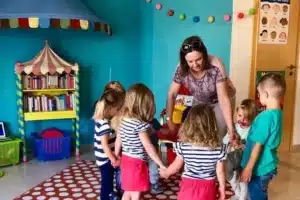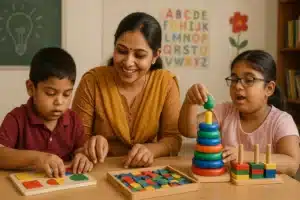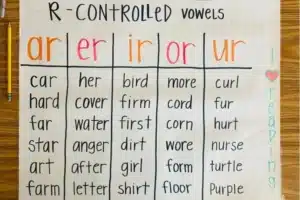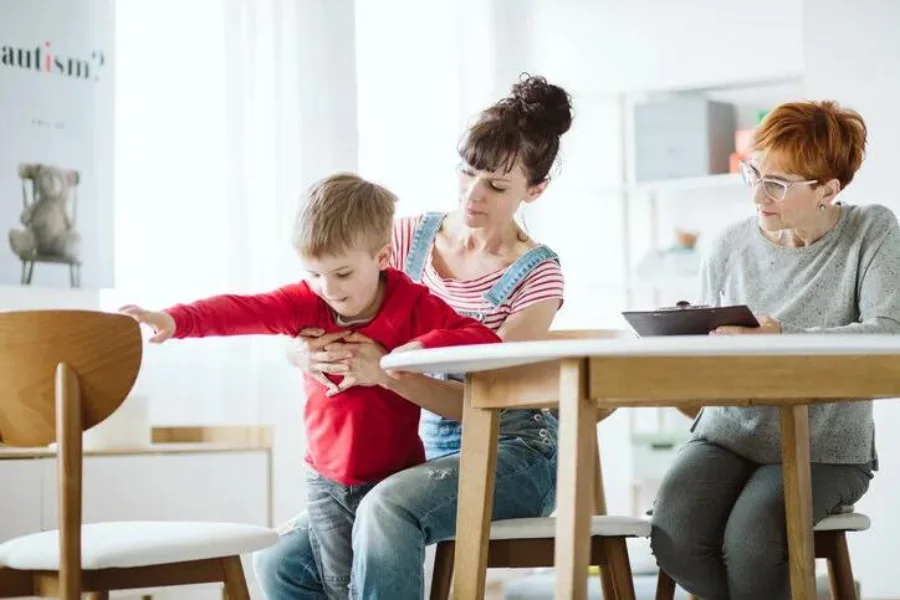
Source: istockphoto
Special Education and Inclusive Education have attained a great level of acceptance in a mainstream educational setup. Many in-service teachers and aspiring teachers may feel the need to acquire the knowledge of essential aspects of Special Education. But due to their current work commitments or any personal reasons refrain from doing as they cannot devote time to a full-time course.
To make Special Education easily accessible to a wider section of candidates Vidhyanidhi Education Society has initiated a Diploma in Special Education Distance Mode that equips candidates with the essential pedagogies and strategies enabling trainees to cater to the academic needs of Special children ensuring that they can acquire education in a mainstream classroom alongside their classmates.
Their courses are thoughtfully designed to provide in-depth knowledge and practical strategies, ensuring aspiring educators can effectively address diverse learning requirements.
How to Create an Inclusion Classroom by Doing Special Education Course?
A Special Education Course is the most effective approach to laying down a strong foundation in establishing a happy, inclusive learning environment that welcomes children wholeheartedly to learn joyously and comfortably in regular classrooms irrespective of the learning barriers they might face.
A Special Education Course provides the necessary training to educators, helping them adapt their teaching methods to meet the diverse needs of all students. Through practical strategies and theoretical insights, teachers can transform their classrooms into supportive spaces where every child thrives.
How a Special Education Course Helps Create an Inclusive Classroom
Programs like Vidhyanidhi Education Society’s (Govt. Regd.) Special Education Distance Mode focus on actionable steps to achieve inclusivity.
Here’s how:
Understanding Diverse Learning Needs
Learn to recognize different learning challenges like ADHD, autism, dyslexia, and sensory impairments.
Example: A teacher trained through the course identifies that a student with dyslexia struggles with reading. By using visual aids and audio resources, the teacher ensures the child comprehends the lesson effectively.
Curriculum Adaptation
Gain expertise in modifying lesson plans to make them accessible to all learners.
Example: If a child has dyscalculia, he would find it easier to solve any sum when it is broken down into easy steps helping them to understand the concepts clearly and precisely
Behavior Control Techniques
Devising behaviour management strategies that help to lessen the erratic or disruptive behaviour patterns that can create confusion and chaos in the classroom.
Example: For a student with ADHD, implementing a reward system for completing tasks helps motivate and reinforce desired behavior.
Positive Networking Approaches
Maintain and foster strong positive networks with professionals such as occupational therapists, psychologists and other caregivers who work together to promote the overall progress of the child and coordinate well to make sure that the areas of attention are detected carefully and due interventions are implemented.
Example: In the case of a child with autism the educator has to work along with a behavioural therapist who can devise ways to regulate the child’s behaviour.
Practical Training and Case Studies
Engage in practical sessions and case studies that simulate real classroom scenarios.
Example: A case study on inclusive seating arrangements shows how placing a child with a hearing impairment near the teacher ensures they can follow instructions.
By equipping teachers with these skills, the program ensures that every educator can confidently handle the unique needs of their classroom, making inclusion a reality for all.
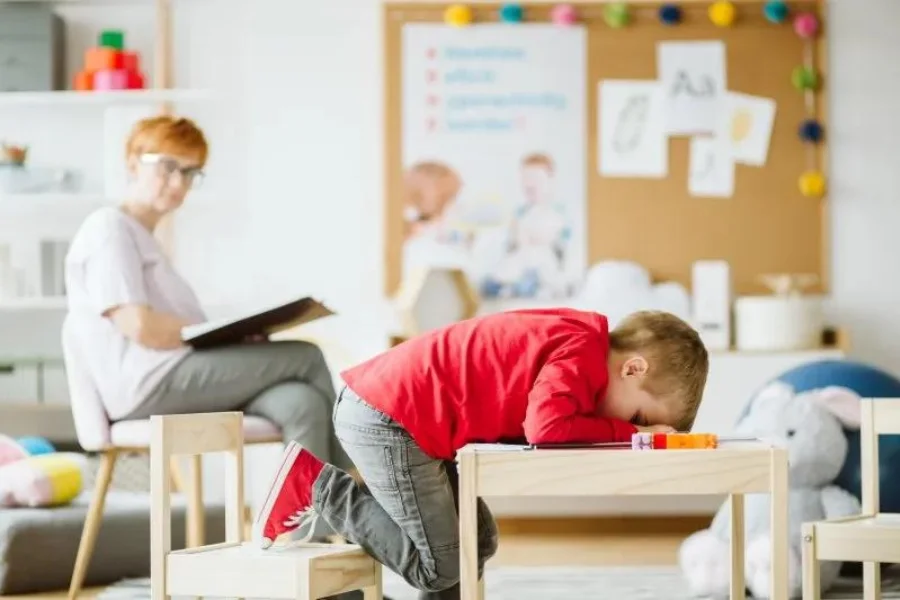
Source: ibhcounseling
Tips How to Create an Inclusive Classroom
An Inclusive Classroom is a space that welcomes children irrespective of the learning barriers they face giving them equal access to learning and growth opportunities. A Special Education Course lays a solid foundation in trainees of the important principles of meticulously planning an inclusive classroom. Trainees get a thorough understanding of ways in which a classroom can be planned and designed taking care of the diverse needs of children regardless of their physical, intellectual, or emotional challenges, has the tools and opportunities needed for success.
An Inclusive Classroom fosters the spirit of oneness where children learn about a fundamental principle that Diversity is our Superpower and respecting each other’s differences makes learning interesting and purposeful for everyone.
Tips for Creating an Inclusive Classroom
Accommodations for Physical Disabilities
Physical disabilities require specific adjustments to make the classroom accessible and conducive to learning:
- Provide designated spaces for students in wheelchairs to work comfortably.
- Allow late starts for students relying on special transportation like shuttles.
- Extend test times to reduce pressure.
- Offer assistive technology, such as text-to-speech devices or adaptive keyboards.
Accommodations for Intellectual Disabilities
Intellectual disabilities may not always be visible but require thoughtful planning:
Response Accommodations
- Allow oral answers or dictated responses to test questions.
- Provide access to computers for assignments.
- Assignment Accommodations
- Adapt the curriculum and assign shorter tasks or individualized assignments.
- Excuse students from tasks that don’t align with their abilities and use alternative grading systems.
Presentation Accommodations
- Use audiotaped or large-print materials.
- Simplify content with minimal information per page.
Classroom Environment Adjustments
- Provide sensory instruments for focus.
- Schedule regular breaks to reduce overwhelm.
- Utilize special lighting when required.
Lesson Planning and Productive Environment
Effective lesson planning is essential for fostering an inclusive classroom:
Alternative Assignments
Offer tasks tailored to each student’s abilities. For instance, if a written essay is too challenging, allow a video presentation.
Flexible Assignments
Let students meet learning goals in diverse ways or extend deadlines as needed.
Multiple Formats
Use videos, group discussions, visual aids, and hands-on activities to cater to varied learning styles.
Communication and Support
Availability: Let students know you’re accessible during specific hours to address concerns.
Resources: Provide information about support services, both on-campus and online.
Rules: Collaborate with students to create respectful communication guidelines and address any misuse of language regarding disabilities.
Follow-Up with Students
Pay attention to students who may be avoiding class or showing signs of struggle. Offer a private and supportive environment for them to share their challenges.
How a Special Education Distance Mode Can Help
Courses like those offered by Vidhyanidhi Education Society (Govt. Regd.) provide educators with the skills to implement these strategies effectively. Their Special Education Distance Mode program covers response accommodations, lesson planning, and behavior management, empowering teachers to create truly inclusive classrooms.
Start making a real impact! Join Vidhyanidhi Education Society’s SEN Course and shape bright futures today!
For more details on the SEN Course Call/Whatsapp at +919321024137 / +919869866277
To download the brochure of the SEN Course, Click Here!
SEN Course
FAQs
Can we do an online diploma Special Education Course?
Yes, you can. Vidhyanidhi Education Society offers an Online Special Education Needs Course.
What is a Diploma in Special Education?
Special Education is formulated to prepare special teachers for children with disabilities specializing in Intellectual and Developmental Disabilities.
How to study special education?
Study special education by enrolling in accredited courses like those from Vidhyanidhi Education Society, focusing on strategies, child psychology, and hands-on teaching methods.

